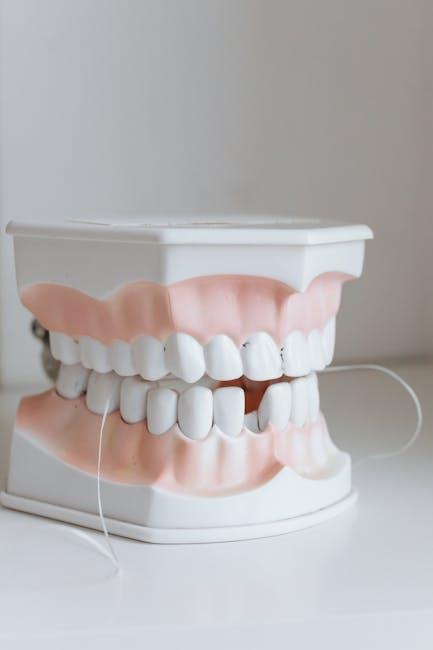Fluoride Ban Could Create Cavities For 1 Of Every 3 U.S. Kids – U.S. News & World Report
Dental health in children is a crucial public health topic in the United States, with fluoride historically playing a vital role in cavity prevention. Recent discussions about banning fluoride in public water supplies have sparked concern among dental professionals and parents alike. According to a report from U.S. News & World Report, such a ban could result in cavities for 1 out of every 3 American children.
Understanding the Role of Fluoride in Preventing Cavities
Fluoride is a naturally occurring mineral that strengthens tooth enamel and helps repair early stages of tooth decay. For decades, fluoride has been added to public water systems as a safe and effective way to reduce cavities among children and adults alike. The Centers for Disease Control and Prevention (CDC) recognize community water fluoridation as one of the ten great public health achievements of the 20th century.
How Fluoride Works
- Enamel Remineralization: Fluoride helps rebuild weakened tooth enamel before cavities can develop.
- Decay Prevention: It interferes with the growth of cavity-causing bacteria.
- Cost-Effective: Fluoridation reduces the need for expensive dental treatments and improves oral health equity.
The Potential Impact of a Fluoride Ban on U.S. Children
The prospect of banning fluoride in public water supplies could have serious consequences for children’s dental health across the nation. According to recent estimates, the absence of fluoride could lead to a significant increase in childhood cavities.
| Statistic | Projected Effect Without Fluoride |
|---|---|
| Children affected | 1 in 3 (approximately 33%) |
| Increase in dental decay cases | Up to 40% rise nationwide |
| Dental treatment costs | Potential increase by billions annually |
These figures underscore just how essential fluoride is in maintaining oral health standards, especially in vulnerable communities with limited access to dental care.
Expert Opinions and Public Concerns
What Dental Professionals Say
Leading dental associations, including the American Dental Association and the CDC, advocate for continuing fluoride use in community water. They emphasize:
- The strong safety profile of fluoride at recommended levels.
- The overwhelming evidence supporting cavity reduction.
- Fluoride’s role in reducing oral health disparities among low-income families.
Arguments from Opponents and Public Concerns
Despite scientific consensus, some groups argue against water fluoridation citing:
- Potential health risks including fluorosis if fluoride is consumed excessively.
- Concerns about personal choice and government intervention.
- Calls for alternative cavity prevention methods.
Public health officials maintain that controlled fluoridation levels are safe and monitored strictly to prevent adverse effects.
Benefits of Fluoride Beyond Cavity Prevention
While the primary benefit of fluoride is preventing tooth decay, the mineral also contributes to:
- Improved overall oral hygiene: Providing protection that complements brushing and flossing.
- Long-term healthcare savings: Fewer dental emergencies and treatments lower overall healthcare costs.
- Enhanced quality of life: Healthier teeth lead to better nutrition, self-esteem, and fewer missed school days.
Practical Tips for Maintaining Children’s Oral Health
Whether or not fluoride remains a staple in water supplies, parents can take steps to protect their children’s teeth:
- Encourage brushing twice daily with fluoride toothpaste (if available).
- Limit sugary foods and drinks that promote decay.
- Schedule regular dental check-ups and cleanings.
- Consider fluoride varnish applications or supplements if recommended by a dentist.
- Educate children on the importance of oral hygiene early on.
Case Studies: Communities Affected by Fluoride Changes
Research from communities that either discontinued or reduced fluoridation reveals notable trends:
| Community | Action Taken | Result |
|---|---|---|
| Portland, Oregon | Discontinued water fluoridation (2013) | Observed 20% increase in cavities among children within 5 years |
| Brantford, Canada | Removed fluoride in 2010 | Significant rise in dental caries and related health costs |
These findings reinforce the protective role fluoride plays in community dental health.
Conclusion: The Future of Fluoride and Children’s Oral Health
Fluoride remains one of the most effective tools in preventing tooth decay, especially for children. An outright fluoride ban in the U.S. could expose millions of young people to increased cavity risks, undermining decades of public health progress. As fluency on this subject grows, it is critical for parents, policymakers, and healthcare providers to foster informed discussions based on scientific evidence. In the meantime, practical oral care habits and professional dental advice continue to be indispensable in safeguarding our children’s smiles.
Stay informed and proactive about your family’s dental health to combat cavities effectively—fluoride or no fluoride.


